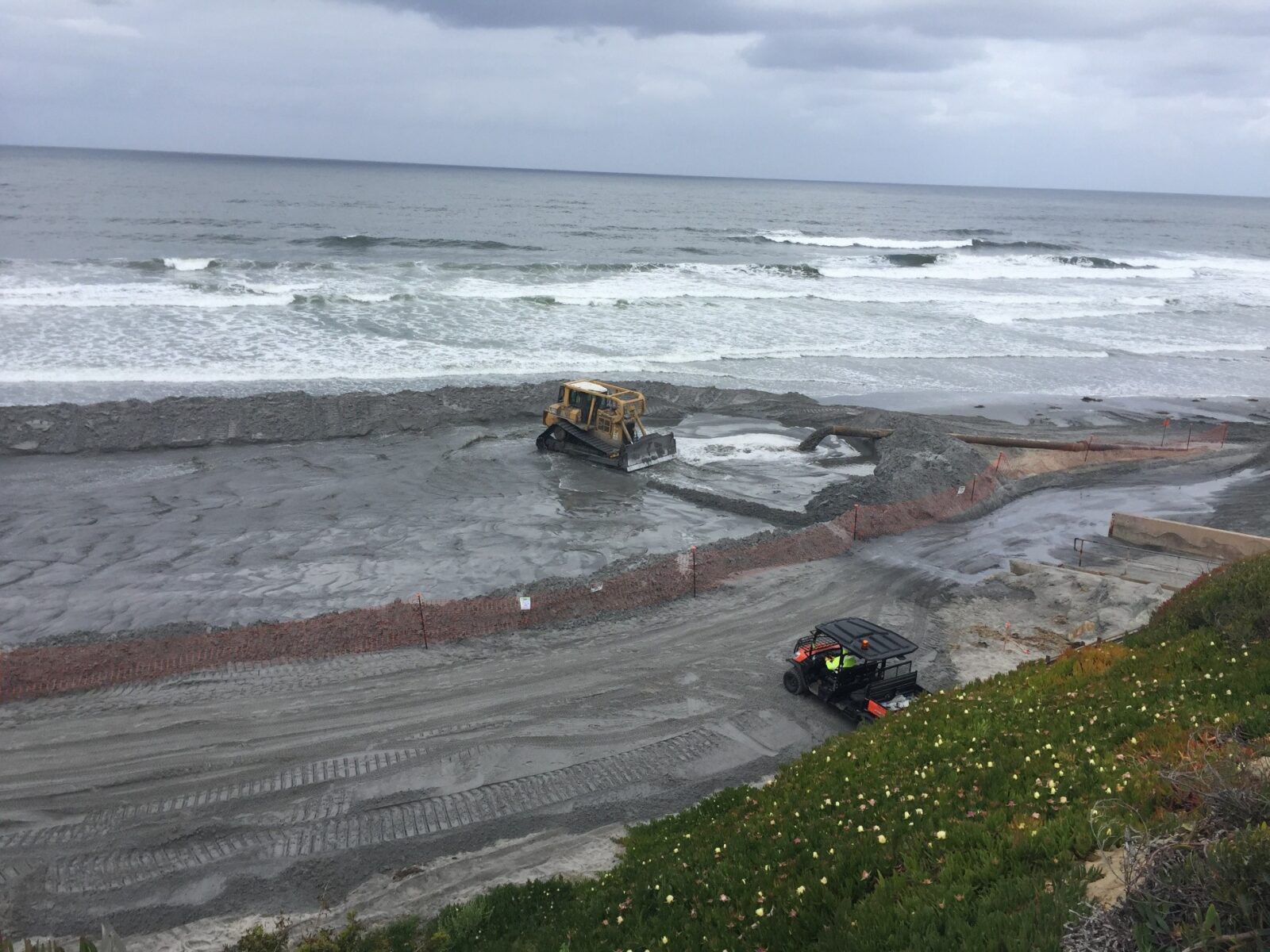
Coastlines are where land and water meet in their most dramatic form, constantly shifting, endlessly beautiful, and, at times, incredibly vulnerable. Rising seas, strong storms, and human activity all accelerate erosion, threatening not just beaches and cliffs but also the communities and wildlife that depend on them. But with the right strategies, it’s possible to protect these environments while also restoring their natural balance.
Here is how best practices in coastal erosion control and habitat restoration can help safeguard both nature and people for generations to come.
1. Work with Nature, Not Against It
One of the smartest approaches to coastal protection is letting nature do the heavy lifting. Instead of overbuilding rigid barriers that can sometimes cause more harm than good, modern practices focus on softer, adaptive solutions like dunes, wetlands, and mangroves. These natural buffers absorb wave energy, provide safe spaces for wildlife, and even improve water quality. By reinforcing ecosystems instead of replacing them, we create shorelines that are both stronger and more sustainable.
2. The Role of Innovative Engineering
Of course, there are times when natural systems need a boost, and that’s where engineering solutions step in. Techniques like beach nourishment and dredging help rebuild shorelines that have been worn down by tides and storms. When done thoughtfully, these methods don’t just push back against erosion; they also give natural processes the chance to recover and stabilize. The key is balance: combining the precision of engineering with the resilience of natural habitats creates solutions that last.
3. Restoring Habitats as Part of the Solution
Erosion control isn’t just about saving sand; it’s about protecting the interconnected web of life that depends on coastal ecosystems. Habitat restoration projects, like replanting seagrass beds or rebuilding oyster reefs, provide both immediate and long-term benefits. These habitats attract marine life, protect shorelines from storm surges, and offer nurseries for fish that sustain local economies. By linking erosion control with restoration, we achieve more than protection; we spark renewal.
4. Community and Stakeholder Engagement
No project succeeds in isolation. Local communities, government agencies, and environmental groups all play a vital role in shaping coastal strategies. After all, it’s the residents and businesses along the shoreline who experience the impacts most directly. Involving stakeholders early ensures that projects reflect local priorities and that everyone feels invested in the outcome. This is not only environmental work but also community-building.
5. Long-Term Monitoring and Adaptation
Coastlines never stay still, and neither should our strategies. The most effective coastal protection projects are the ones that continue to evolve. Ongoing monitoring allows teams to adjust techniques, repair weak spots, and introduce new technologies as conditions change. Think of it as a living system; erosion control and restoration aren’t one-time events, but continuous commitments to protecting the shoreline and those who rely on it.
Protecting coastlines isn’t about choosing between people and the planet; it’s about designing systems where both can thrive. The combination of smart engineering, community collaboration, and ecological restoration proves that progress doesn’t have to come at the cost of nature. The shoreline may always shift, but with the right practices, our response can be flexible, innovative, and deeply rooted in respect for the environment.
Marathon Construction Corporation brings together expertise in erosion control and habitat restoration to deliver solutions that protect shorelines and strengthen ecosystems. Get in touch to explore strategies designed for your unique coastal challenges because the future of your shoreline deserves nothing less.

